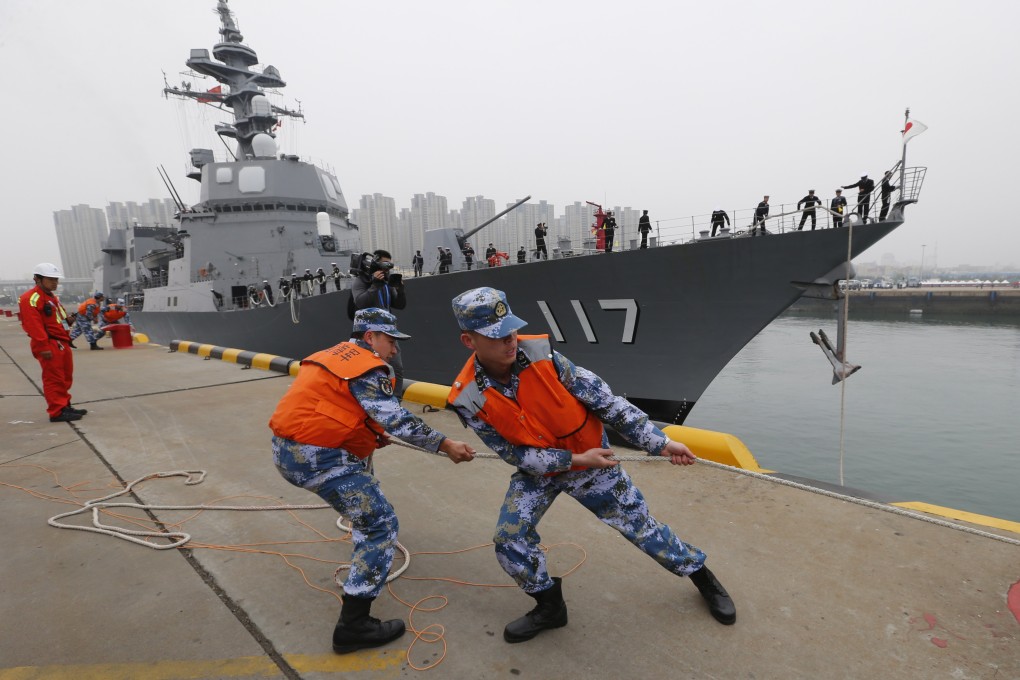Japan investigates captain after warship enters China’s territorial waters despite warnings
- The Suzutsuki, tasked with monitoring Chinese military drills on the high seas, sailed into waters off Zhejiang province last week

A Japanese Maritime Self-Defence Force destroyer temporarily sailed into Chinese territorial waters off the country’s eastern province of Zhejiang last week, despite repeated warnings by Chinese vessels, diplomatic sources said on Wednesday.
The Suzutsuki, tasked with monitoring Chinese military drills on the high seas, navigated into Chinese waters on July 4, in a rare move by a Self-Defence Forces vessel.
Beijing has conveyed its serious concern to Tokyo over the incident, leading the Japanese defence ministry to launch an investigation into the ship’s captain, the sources said. The ministry declined to comment on matters concerning SDF operations.
A day before the MSDF destroyer entered Chinese waters, Zhejiang authorities said a no-sail zone would be set up in a nearby area for the Chinese military to conduct a live-fire drill, opening up the risk of a contingency occurring because of the Suzutsuki’s presence.
On Thursday, China’s foreign ministry said Beijing protested over the “illegal and improper” actions of the Japanese vessel and asked Tokyo to promise that it will not happen again.
Japan has explained saying that it is a technical mistake, spokesperson Lin Jian said at a regular press conference, adding that for those entering without consent, China will handle in accordance with the law.